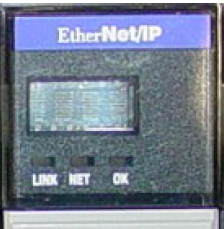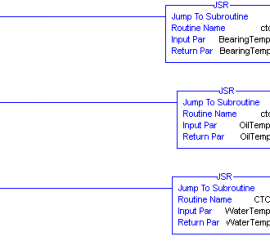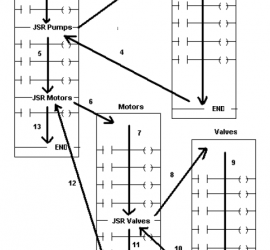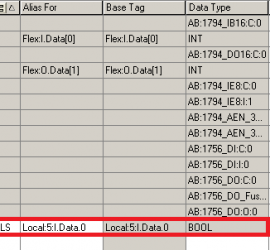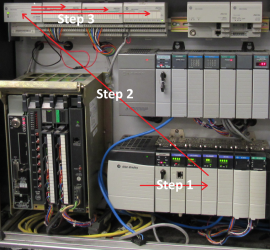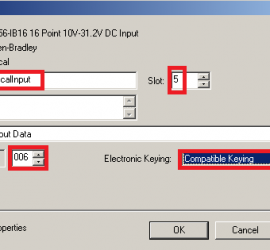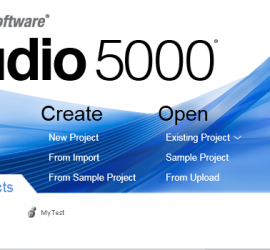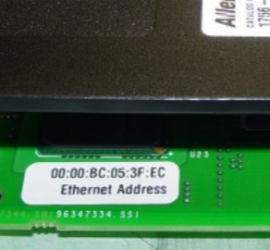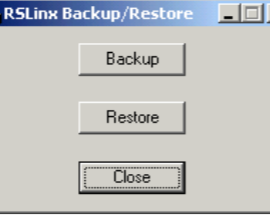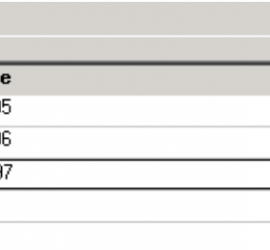Ethernet Commuication 2
Introduction to Ethernet Communication Ethernet Communication is probably the most common protocol used in Industrial Automation. Ethernet communication has been a standard since around 1983, and allows computers to connect to each other over a local area network. When computers are connected to a network, they can share files, Read More »

